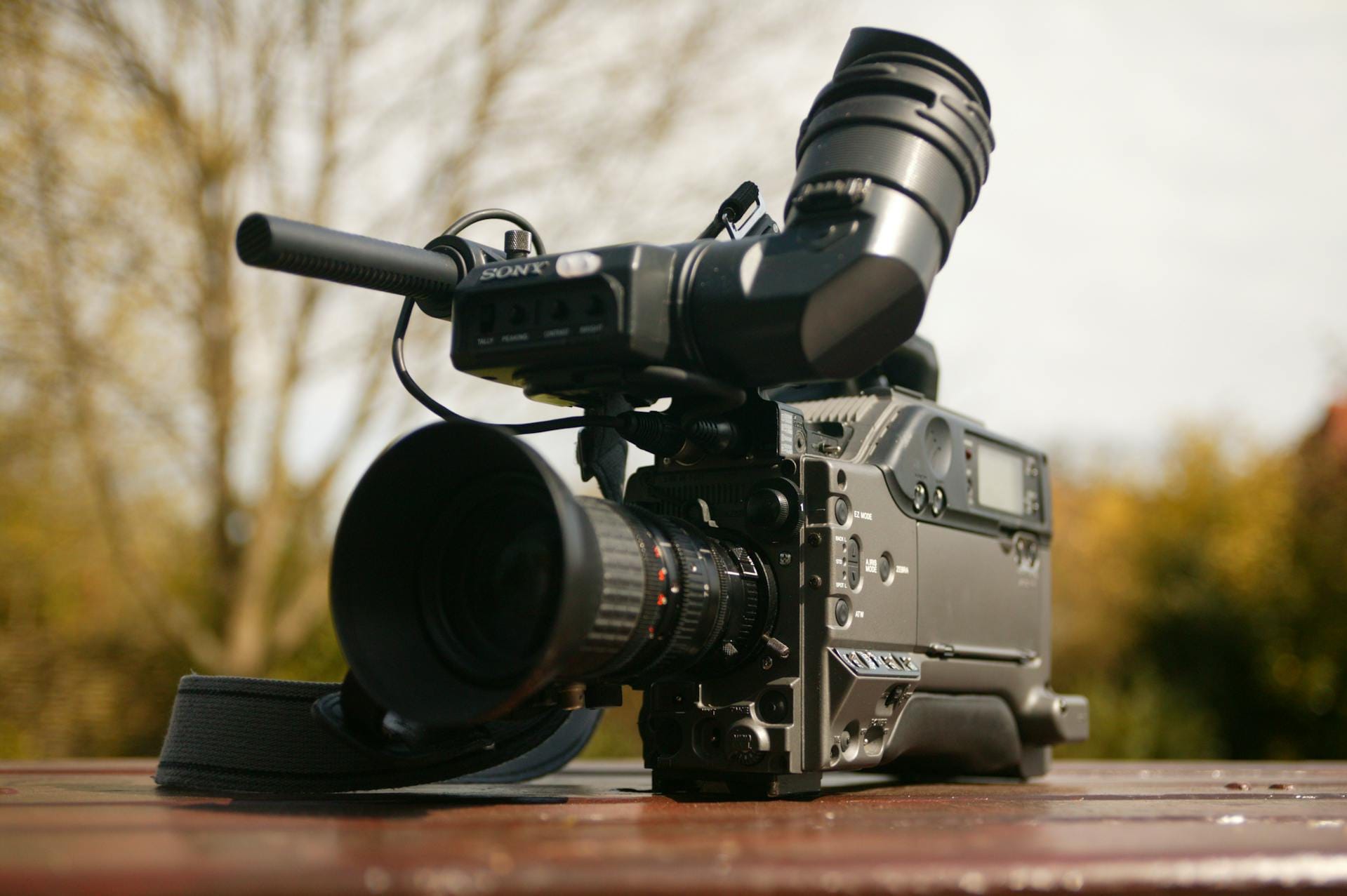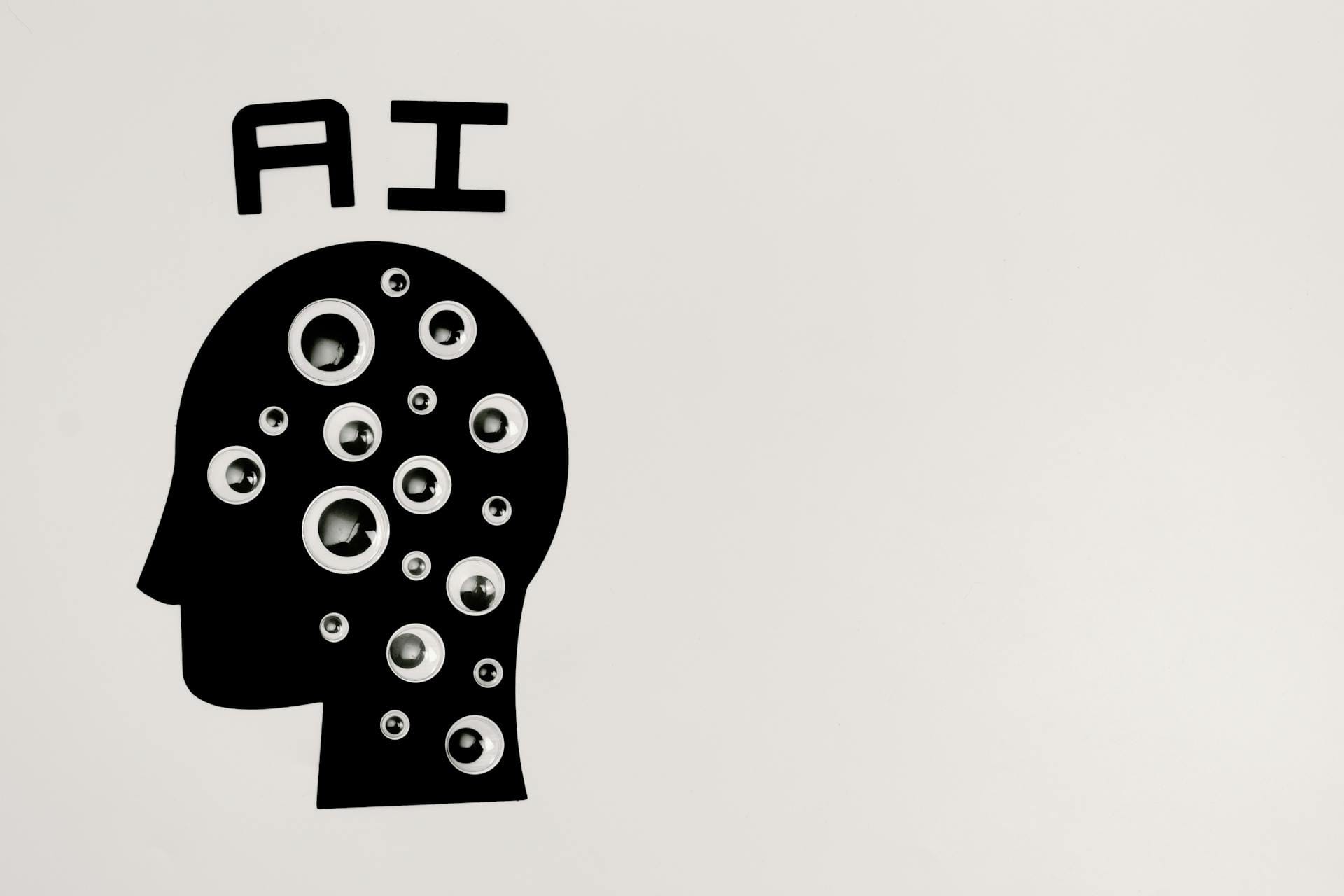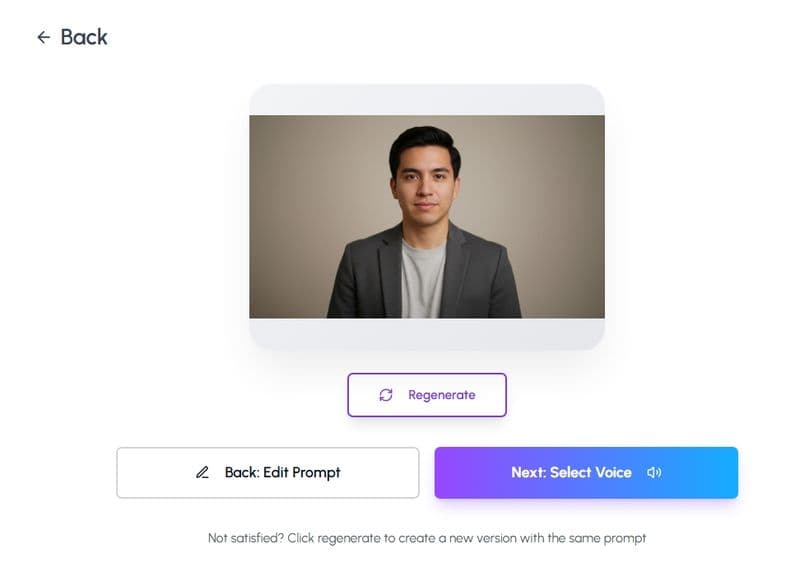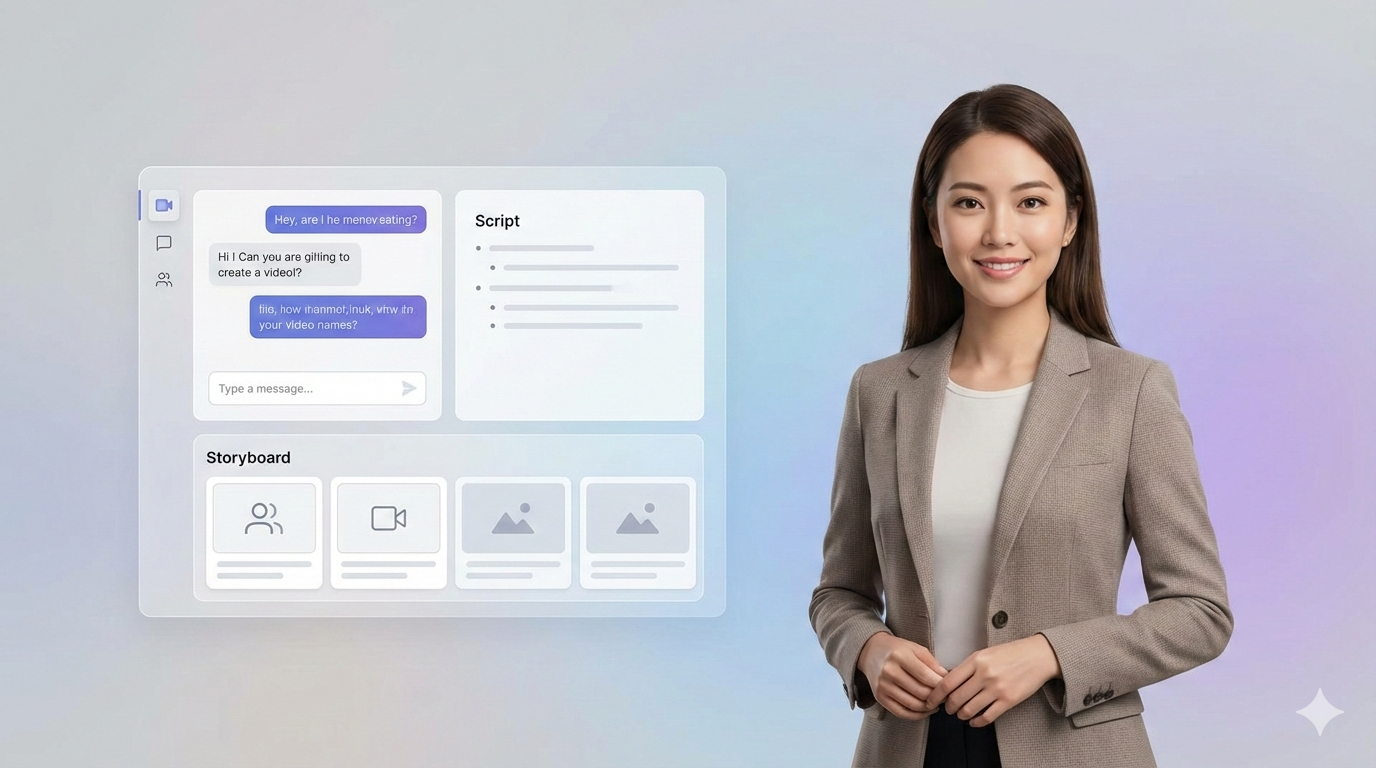Not long ago, producing video meant tripods, talent, timelines, and trouble. Now? A few lines of text, a digital avatar, and an export button. What used to take weeks can happen in hours. What required a studio now needs only an internet connection and a vision. AI video has quietly crossed the threshold from novelty to necessity. Behind the scenes, entrepreneurs, founders, and scrappy teams are threading it into the core of their operations—not for the flash of it, but because it solves real problems. The shift isn’t just about speed or cost. It’s structural. These aren’t add-ons to existing playbooks. They are new AI business models, built from the ground up with AI video at the center.
Here are five models being shaped right now. Each one rewrites the rules just enough to open doors that didn’t exist before.

TL;DR: AI Video Is Quietly Becoming Core Infrastructure
What started as pitch-deck novelty is now baked into how lean teams operate. AI video tools like Personate and AiReel.io are helping startups turn scripts into scalable assets: explainer videos, onboarding, and support, all delivered with speed and consistency. It’s not just faster content; it’s a shift in how companies build. The question isn’t if it works. It’s whether your company is ready to use it. We’ve included a gut-check framework and a step-by-step roadmap to help you find out.

1. Marketing as a Studio: AI-Powered Campaign Factories
The modern marketing team doesn’t just need one video. It needs dozens. For different audiences, platforms, tones, formats. That pressure once meant bloated budgets and burned-out teams. AI video tools are changing the tempo.
With AI marketing tools like AiReel.io, product links become short-form ads. One script can morph into 10 variations. AI avatars match brand tone, switch languages, change delivery style. The result? Scroll-stopping content produced at scale.
This model isn’t about replacing marketers. It’s about giving them scale. Think multivariate testing with video. Think hyper-personalized ads that don’t cost a fortune. Think social channels fed with fresh content daily—not monthly.
Startups are using this model to test messaging in real time. B2C brands are localizing outreach across markets in minutes. It’s a content engine that doesn't sleep. And in the arms race for attention, that’s an edge that compounds.
2. AI Support Agents: When the FAQ Smiles Back
Customer support is expensive. People churn when they can’t find answers. AI video offers a bridge between automation and empathy.
The model here is straightforward: turn your best support answers into AI-powered video responses. Replace static FAQ pages with conversational video walkthroughs. Let customers interact with a smiling, helpful face—any time, any place.
AI video generators, like Personate allow brands to build virtual agents that guide users through complex processes. Not with abstract diagrams. With a visual, voice-driven tutorial that feels like someone sitting across the table.
The value goes beyond convenience. These AI agents improve retention, reduce ticket volume, and create a support layer that feels high-touch without the headcount. For businesses scaling fast, this isn’t just helpful—it’s operationally essential.
3. L&D on Autopilot: Goodbye to the Same Old Slide Deck
In companies where employee and vendor onboarding never ends, or where compliance must stay consistent, AI-generated training videos have become the new baseline.
The AI business model in L&D is simple: use AI avatars and scripts to deliver consistent, branded training experiences at scale. What once took days of filming and editing now takes minutes. Updates are easy. Localization is automatic.
A growing number of organizations use Personate to create onboarding series, skill-building modules, and even culture primers. Same avatar. Same tone. Different language, region, or team—tailored with precision.
For teams with global footprints or high employee turnover, this model turns training from a bottleneck into a flow. It also ensures that knowledge is captured and distributed, not stuck inside one facilitator’s calendar.
4. Always-On Newsrooms: Anchors Who Don’t Sleep
Media and content creators have long been constrained by time and budget. But AI-generated video opens up a micro-broadcast model—news, updates, and storytelling delivered through synthetic hosts, on demand.
AI avatars now anchor news shows, summarize blog posts, or break down market trends in snackable clips. Platforms are feeding scripts into video generators and exporting professional-grade explainers that look like they came from a newsroom. In reality, it was one person and a dashboard.
Media outlets like Aaj Tak and Doordarshan have already deployed AI news anchors with the support of Personate AI. Niche publishers are experimenting with regional content—automated, accurate, and translated on the fly.
This AI business model gives small media players the scale once reserved for major networks. It also introduces a new rhythm: faster cycles, lower costs, and the ability to repurpose content instantly across formats and platforms.
5. Entertainment Without Limits: Virtual Celebrities and Creators
In the entertainment world, AI is not just behind the scenes. It’s becoming the scene.
Virtual influencers, AI-generated music videos, even short films made entirely with avatars and synthetic voices—these aren’t fringe experiments anymore. They’re forming the base of new creator-first AI business models.
A fashion label can now launch a virtual ambassador—styled, scripted, and multilingual. A game studio can build NPCs that speak dynamically, their lines generated in real-time based on user behavior. A musician can drop a music video in five languages simultaneously, without ever stepping into a booth.
The economics makes sense. Build once, iterate infinitely. Own the IP. Never worry about availability, scandal, or jet lag. Some brands are monetizing their avatars directly—offering personalized video messages, meet-and-greets, or product shoutouts.
The ethics and authenticity questions are real, and they’ll get louder. But for creators and brands willing to navigate them with care, this model offers a way to own audience relationships in ways traditional talent workflows rarely allow.
The Edge Isn’t Technology. It’s Imagination.
The most powerful part of these AI business models isn’t the tech. It’s what people are building with it.
Founders are using AI video to compress timelines. Marketers are reaching audiences they couldn’t afford to target before. Teams are turning static docs into experiences. In every corner, there’s a new way of thinking:
What if the constraint that used to slow us down… just disappeared?
These aren’t side projects. They’re core strategies. And they’re being led not by megacorps, but by lean teams who ask better questions.
Not: How do we do what we’ve always done, a little faster?
But: What would we build if video was as easy as text?
Actionable Frameworks for Building with AI Video
Not every business is ready to jump into AI video with both feet, and that’s okay. But if you're wondering whether the time is now, here’s a quick litmus test.
1. The “Are We Ready?” Gut Check
This isn’t a quiz. It’s a flashlight, just a quick way to spot the friction points AI video might actually solve.
Are you churning out videos regularly, weekly, monthly for marketing, training, or support?
Are your current workflows messy—delays, inconsistent quality, the same thing being redone five times?
Are your audiences spread out across regions, languages, or demographics?
Do you need to do more without hiring more?
Is leadership open to experimenting—with metrics, not just buzzwords—and doing it responsibly?
If you nodded “yes” to at least three, there’s enough.
2. AI Video Tool Implementation Roadmap
So what does the rollout actually look like? Here’s a practical sequence, no hype, no fluff:
Step 1: Strategic Alignment
Secure executive sponsorship. Set success metrics, whether that’s faster turnaround, higher engagement, or global reach.
Step 2: Choose a Use Case
Start with something concrete. A training module, a campaign series, a support explainer. Keep the scope tight.
Step 3: Audit Data and Assets
Inventory existing content—scripts, visuals, voiceovers, translations. Ensure it’s clean, formatted, and brand-aligned.
Step 4: Pilot with Flexibility
Deploy a lightweight AI platform such as AiReel.io or Personate AI that is easy to test, quick to iterate, simple to plug in. Keep governance close.
Step 5: Build, Review, Iterate
Loop in feedback early and often. Tone, visuals, pacing, language. Three rounds minimum to get it right.
Step 6: Scale with Structure
Once the pilot proves itself, embed AI video into content calendars, onboarding flows, and support libraries. Assign owners. Build the muscle.
Together, these steps form a scalable path to operationalizing AI video, moving it from pilot to a core function within the organization.
What’s Next?
These five models are already in motion. But they’re far from finished. As AI video tools grow sharper—more expressive, more interactive—the canvas expands.
Soon, AI-generated video won’t just talk at viewers. It will listen. Respond. Learn. Training will adapt in real time. Marketing videos will personalize themselves on click. Customer support agents will remember past issues.
A story won’t be one thing. It’ll be 10,000 versions, each one shaped by the person watching.
That’s not a sci-fi pitch. That’s a roadmap.
For now, the invitation is simple: pick one model. Pilot something. Measure the lift. Because AI isn’t replacing the human touch. It’s extending it—faster, further, and at scale.
And the teams that embrace that?
They won’t just keep up. They’ll redesign what’s possible.
Also read,
What Are AI Krish and AI Bhoomi? Learn How Personate AI Powers Doordarshan’s Virtual Anchors
From Months to Minutes: Galgotias University’s E-Learning Transformation With Personate AI
Have a project in mind or want to explore AI video for your team? Reach out to us at hello@personate.ai or team@aireel.io . We here to help you turn ideas into impact. Personate and AiReel.io are sister companies, united by a shared mission to make AI video creation effortless and scalable.


